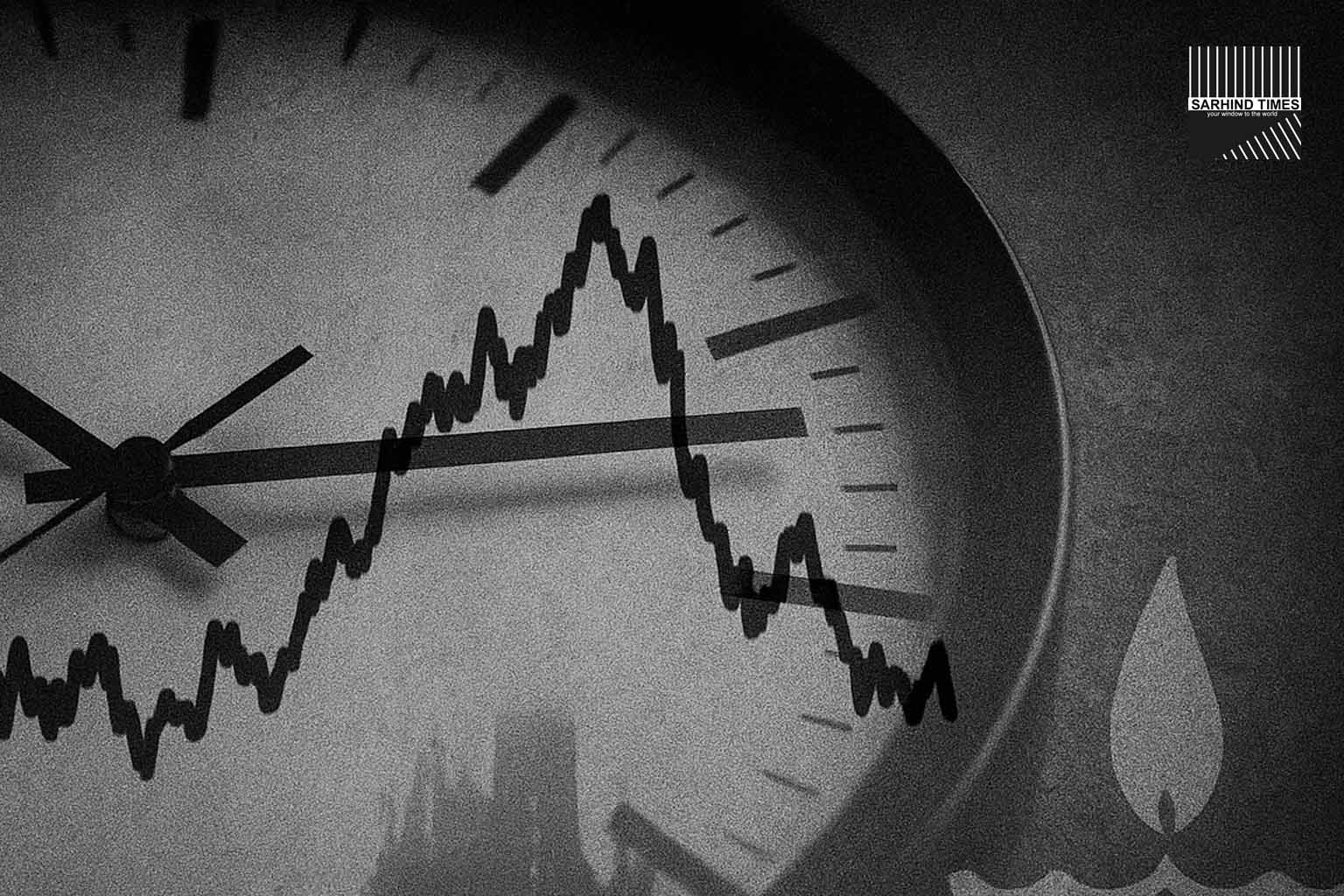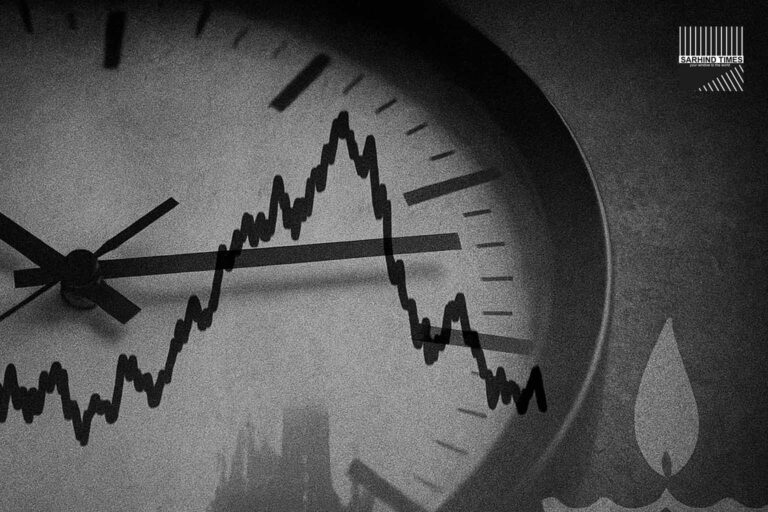Mumbai / New Delhi, October 18, 2025 — As the Diwali festival season approaches, market participants must closely map trading windows and holiday schedules. Key dates to mark:
- October 18 (Saturday): Regular weekend, markets remain closed.
- October 20 (Monday): Normal full trading day.
- October 21 (Tuesday): Diwali (Laxmi Pujan) market holiday for most segments, but a special Muhurat trading session will be conducted.
This pattern provides a compact trading window amid festival fervor. For traders weighing long or short positions, liquidity planning, or derivative strategy, the schedule demands clarity on cut-offs, settlement norms, and symbolic flows.
Confirmed Holidays & Special Sessions
Market Holiday for Diwali & Muhurat
According to the NSE official holiday calendar, October 21 is marked a trading holiday on account of Diwali Laxmi Pujan. Yet, both BSE and NSE will continue with a Muhurat trading session on the same day.
The special session is slated from 1:45 PM to 2:45 PM IST, with pre-open and order windows surrounding it as per circulars. This afternoon slot is a departure from past years when Muhurat trading usually occurred in the evening.
Weekend & Other Holiday Norm
As always, weekends (Saturdays & Sundays) are non-trading days. October includes as many as 11 market holidays when combining weekends and festival days.
Other notable October holidays:
- October 2 (Mahatma Gandhi Jayanti & Dussehra) is a full market holiday.
- October 22 is Diwali – Balipratipada and is a full market holiday.
Segment-wise, equity, derivatives, currency, SLB, and interest rate derivatives align with these closures or special session rules.
Timing & Structure of the Muhurat Session
The Muhurat session is designed to be symbolic, offering investors a festive window to make auspicious entries or exits. Key structure elements:
- Pre-open window: 1:30 PM to 1:45 PM (order placement and price discovery)
- Main trading session: 1:45 PM to 2:45 PM IST
- Order modification / trade change window: extends until 2:55 PM (for equity)
- Call auction / illiquid sessions: may have special windows depending on security classes
Although symbolic, this session generates real settlement obligations, meaning trades executed will be processed like regular trades.
Because the session is compact and volumes tend to be low, slippage or spread volatility may be higher.
Investor Implications & Strategy Adjustments
- Liquidity Management
With limited trading days around Diwali, investors must time order placement carefully, keeping in mind that large orders may move markets more than usual. - Derivative / Options Strategy
Derivative contracts expiring around this period will need careful margining. Traders should check cut-offs for pledge / unpledge, collateral adjustments, and margin calls. - Symbolic vs Tactical
Muhurat trading is partly symbolic. Some use it for small but meaningful entries. Others may use it to finalize exposure before holidays. - Volatility Risks
Thin participation can lead to volatility. Use limit orders, avoid large block trades unless confident of support. - Settlement & Post-session Care
Trades during Muhurat session settle like any other. But pay attention to pay-in / pay-out timelines and settlement obligations. - Global Cues & Event Risks
This period coincides with global earnings, macro updates or policy changes. Event risk can magnify in thin markets.
Historical Trends & Sentiment
Muhurat trading has long been a tradition in Indian markets, blending ritual with investing. Historically, the session often sees positive sentiment, though volumes are modest.
Some years, the market treats it more as a ceremonial token; others see price movements as reflective of investor optimism going into the new financial year.
Some brokers caution that spreads widen and execution risks increase in such sessions.
Risks & Operational Notes
- Exchange circular ambiguities: Timings for pre-open, order windows must be confirmed closer to date.
- Segment-specific rules: Some derivative or commodity segments may continue closure, so check exchange circulars.
- Broker cut-off rules: Brokers might impose internal deadlines for order placement or cancellation ahead of the special session.
- Unanticipated holiday shifts: Lunar calendar or government notifications sometimes tweak holiday timing—investors should monitor exchange alerts.
Example Trade Calendar & Timeline
| Date | Day | Market Status | Notes / Sessions |
| Oct 18 | Saturday | Closed (Weekend) | No trading |
| Oct 19 | Sunday | Closed (Weekend) | No trading |
| Oct 20 | Monday | Full trading | Normal hours |
| Oct 21 | Tuesday | Holiday + Muhurat session | Diwali holiday for usual session, but 1:45–2:45 PM trading window |
| Oct 22 | Wednesday | Closed (Diwali – Balipratipada) | Market holiday |
This compact schedule compresses trading risk and forces sharper decision timing.
How to Prepare as an Investor
- Check your broker’s circulars for special cut-offs, pledge/ unpledge windows, margin changes
- Plan any large trades in advance (before Oct 20)
- If participating in Muhurat session, use light orders, prefer liquid large-cap stocks
- Be cautious of slippage: spreads may widen
- Monitor exchange communications on segment-specific schedules
- Understand settlement flow post-session so liquidity is managed
Conclusion
While Oct 18 is a normal weekend off, the real focal point for traders is Oct 20 (full trading day) and Oct 21 (special Muhurat session). This Diwali stretch demands precision — those who align strategy with calendar cues stand to benefit, while others may find their plans disrupted by timing mismatches.
In a season of symbolism and sentiment, watch the special session not just as ritual, but as a tactical window in a compressed festive market.
#StockMarket #BSE #NSE #MuhuratTrading #Diwali #Investing #MarketCalendar #Trading























+ There are no comments
Add yours